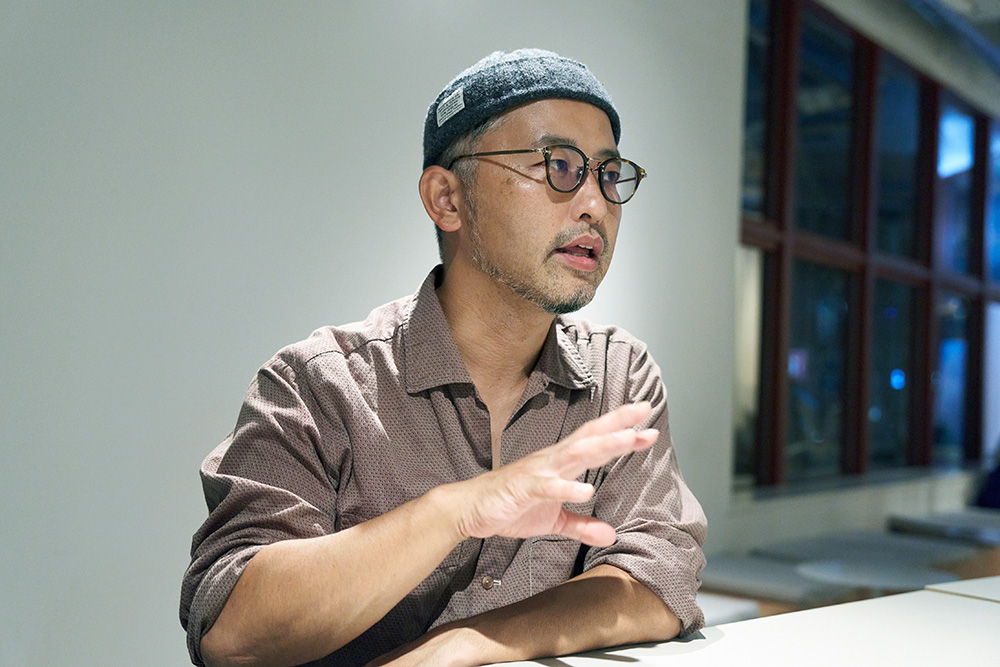!["Special Screening of Director Kosai Sekine" Film and video are communication tools for deep dialogue with people [Director's Interview Vol.245]](https://cinemore.jp/images/660f2bf925f02fb89bc1eafa8a488689166b9bf025263528568c9722011a3964.jpg)
"Special Screening of Director Kosai Sekine" Film and video are communication tools for deep dialogue with people [Director's Interview Vol.245]
The deciding factor is your personality, attitude, and how you approach yourself.
Q: Regarding the photographer you just mentioned, you are working with many unique people such as Naoki Noda, Chizo Ueno, Toyotaro Shigemori, and Hyogo Mitsuoka. How do you decide which photographer to choose depending on the work?
Sekine: When I met Naoki Noda, he had just finished working as a camera assistant on Babel (2006), and I said, ``That's amazing. Let's work together.'' Senzo-kun was his disciple, so he inherited Mr. Noda's system, and like Mr. Noda, he could also speak English. So I started doing it naturally. Mr. Shigemori has been shooting since the days of film, and when we first started working together, he said, ``I want to shoot with film someday,'' and he said, `` Just being alive is love.'' ' (18), I finally shot it on film (Super 16). As everyone who had been working with me became busy, I started working with the next generation of young photographers, and that's how I met Hyogo-kun.
When staffing, I look at their shooting style and work and decide, but the personality and attitude of the person, as well as the way they approach the work, may be a big factor. I guess it all just happened at that time. I put a lot of thought into whether the photographer's approach and the work I'm trying to create are a good fit.

Kosai Sekine(Filmmaker and film director)
Q: Are storyboards drawn when composing the visuals? Also, what kind of things do you talk about with the cameraman on set?
Sekine: I don't want to draw storyboards. Lately, I've been trying to avoid unnecessary drawings, not only for movies but also for commercials and music videos. I started to lose the meaning of drawing. Lately, I've been drawing only when there's a certain kind of "contract" involved, like for commercials. The only other time is when there is VFX such as compositing and a common understanding among the staff is required. I don't think there's any point in drawing anything else. I think the fun of movies is that each person interprets the script and brings it to the set. If a director thinks about all the visuals and cuts, he ends up limiting and eliminating everyone's interpretations. When I draw a storyboard, I tend to end up doing that kind of work, so I started to feel like it didn't make much sense.
Q: So, do you create images on the spot while talking with the cameraman?
Sekine: That's right. For movies, we have as many meetings as possible in advance. We create the images together, making adjustments each time, from the script completion stage, location scouting stage, and on-set. But in the end, the scene is the most important thing. Lately, I've been trying to avoid forcing my staff to do as much as possible when it comes to painting.
Q: It's strange that Director Sekine's works share the same world view, even though he leaves the visuals to each cameraman.
Sekine: I think quirks will inevitably emerge. In this special screening, we will be showing three short films, and even though they are completely different from each other, you will be able to feel that they have something in common. But even if someone tells me what it is, I don't really understand it myself, and I just want to hear it (lol). Also, I'm more drawn to the story than the visuals. I feel emotionally attached to the story and the characters, so I think that's what influences me a lot, and the people who watch it may find some subjective common ground.

